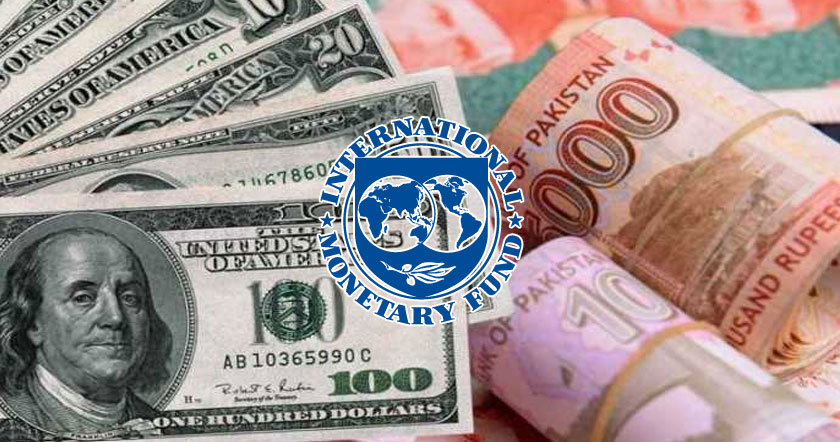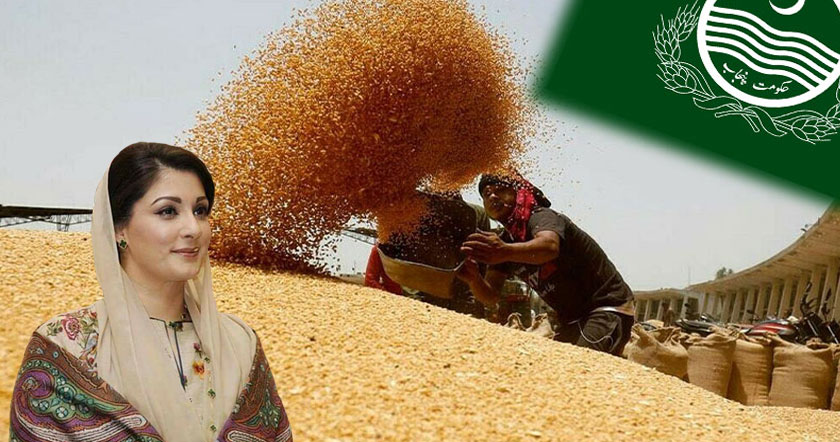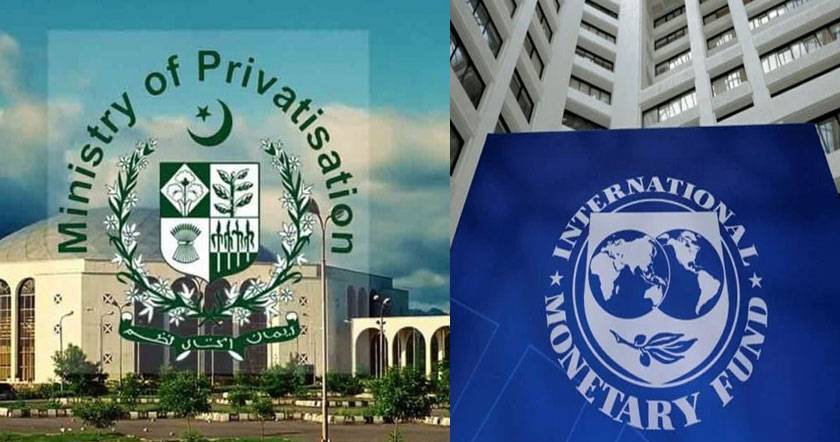According to the Pakistan Economic Survey 2014-15, provisional estimates put GDP growth at4.24 per cent which is slightly higher than the 4.03 per cent of 2013-14 but less than the targetset for the outgoing fiscal year, 5.1 per cent. Growth in agriculture sector remained very low,posting 2.9 per cent but more disturbing is the fact that the major crops have faltered.
Whatevergrowth has been recorded is on the basis of growth in livestock sub-sector and to some extentminor crops. Livestock, it may be pointed out, is a gray area as far as calculation of growthfigures is concerned and the rate of growth in this sub-sector is mostly imputed. Large ScaleManufacturing was targeted to grow at six per cent but the growth recorded is 2.4 per cent.Services sector grew at five per cent.
A major positive indicator on the economic horizon is reduction in inflation; for which theprovisional estimates come at 4.8 per cent as against the target of eight per cent for 2014-15.Yet, this indicator is neither a result of any state policy or effort (being due mainly to drasticdecline in global oil and commodity prices) nor can the figures be regarded as accuratealtogether, as the public perception is contrary to it (owing to continuous rise witnessed in theprices of food and daily use items, being experienced by the common man and reported bymedia.)While official economic data has always faced a question of credibility, the contradictorypositions of two major government departments on the whole issue of unemployment is puttingreliability of the claims of ‘stabilization’ at stake. Planning Commission’s data says that over eight per cent of the workforce is unemployed while the finance ministry and budget documentssay six per cent, claiming that unemployment has gone down from 6.3 per cent to six per cent.
The decline in prevailing scenario becomes un-understandable for the economists; looking atthe GDP growth rate of 4.2 per cent and population growth rate of 2.2 per cent. Textile industry– a major employer – claims that 30 per cent of its production units have closed down creatingunemployment to the extent of some two million persons. In this scenario, the PlanningCommission and National Accounts Committee (NAC) seem to be painting closer-to-the-truepicture, as unemployment cannot be expected to go down in these circumstances.The overall burden of debt continues to rise. It may be stressed here that the idea of reductionin the public debt as a percentage of GDP is fallacious. Although there is an apparent declinefrom 64.4 per cent to 62.9 per cent; but in real terms over Rs.1000 billion have been added tothe debt burden in this year alone.
The burden of debt has increased by around three trillionrupees since this government took over two years ago. Tax revenues have improved by 13 percent, but have not recorded any improvement as a percentage of GDP. Thirteen percent losesits glamour when it is adjusted in respect of 4.2 per cent growth rate and 4.6 per cent inflation.More disturbing is the fact that the current expenditure has gone up as percentage of GDP whiledevelopment expenditure has gone down.The current account is continuously being sustained by robust growth in remittances, whichhave increased by 16 per cent during the first 10 months of 2014-15 and are expected to reachto the tune of 18 billion dollars by the year end, which is a blessing for the external accountthough have little to do with any effort on the economic management side. Fiscal deficit andbank borrowing targets were also missed, with visibly large margins.
Whatevergrowth has been recorded is on the basis of growth in livestock sub-sector and to some extentminor crops. Livestock, it may be pointed out, is a gray area as far as calculation of growthfigures is concerned and the rate of growth in this sub-sector is mostly imputed. Large ScaleManufacturing was targeted to grow at six per cent but the growth recorded is 2.4 per cent.Services sector grew at five per cent.
A major positive indicator on the economic horizon is reduction in inflation; for which theprovisional estimates come at 4.8 per cent as against the target of eight per cent for 2014-15.Yet, this indicator is neither a result of any state policy or effort (being due mainly to drasticdecline in global oil and commodity prices) nor can the figures be regarded as accuratealtogether, as the public perception is contrary to it (owing to continuous rise witnessed in theprices of food and daily use items, being experienced by the common man and reported bymedia.)While official economic data has always faced a question of credibility, the contradictorypositions of two major government departments on the whole issue of unemployment is puttingreliability of the claims of ‘stabilization’ at stake. Planning Commission’s data says that over eight per cent of the workforce is unemployed while the finance ministry and budget documentssay six per cent, claiming that unemployment has gone down from 6.3 per cent to six per cent.
The decline in prevailing scenario becomes un-understandable for the economists; looking atthe GDP growth rate of 4.2 per cent and population growth rate of 2.2 per cent. Textile industry– a major employer – claims that 30 per cent of its production units have closed down creatingunemployment to the extent of some two million persons. In this scenario, the PlanningCommission and National Accounts Committee (NAC) seem to be painting closer-to-the-truepicture, as unemployment cannot be expected to go down in these circumstances.The overall burden of debt continues to rise. It may be stressed here that the idea of reductionin the public debt as a percentage of GDP is fallacious. Although there is an apparent declinefrom 64.4 per cent to 62.9 per cent; but in real terms over Rs.1000 billion have been added tothe debt burden in this year alone.
The burden of debt has increased by around three trillionrupees since this government took over two years ago. Tax revenues have improved by 13 percent, but have not recorded any improvement as a percentage of GDP. Thirteen percent losesits glamour when it is adjusted in respect of 4.2 per cent growth rate and 4.6 per cent inflation.More disturbing is the fact that the current expenditure has gone up as percentage of GDP whiledevelopment expenditure has gone down.The current account is continuously being sustained by robust growth in remittances, whichhave increased by 16 per cent during the first 10 months of 2014-15 and are expected to reachto the tune of 18 billion dollars by the year end, which is a blessing for the external accountthough have little to do with any effort on the economic management side. Fiscal deficit andbank borrowing targets were also missed, with visibly large margins.






























